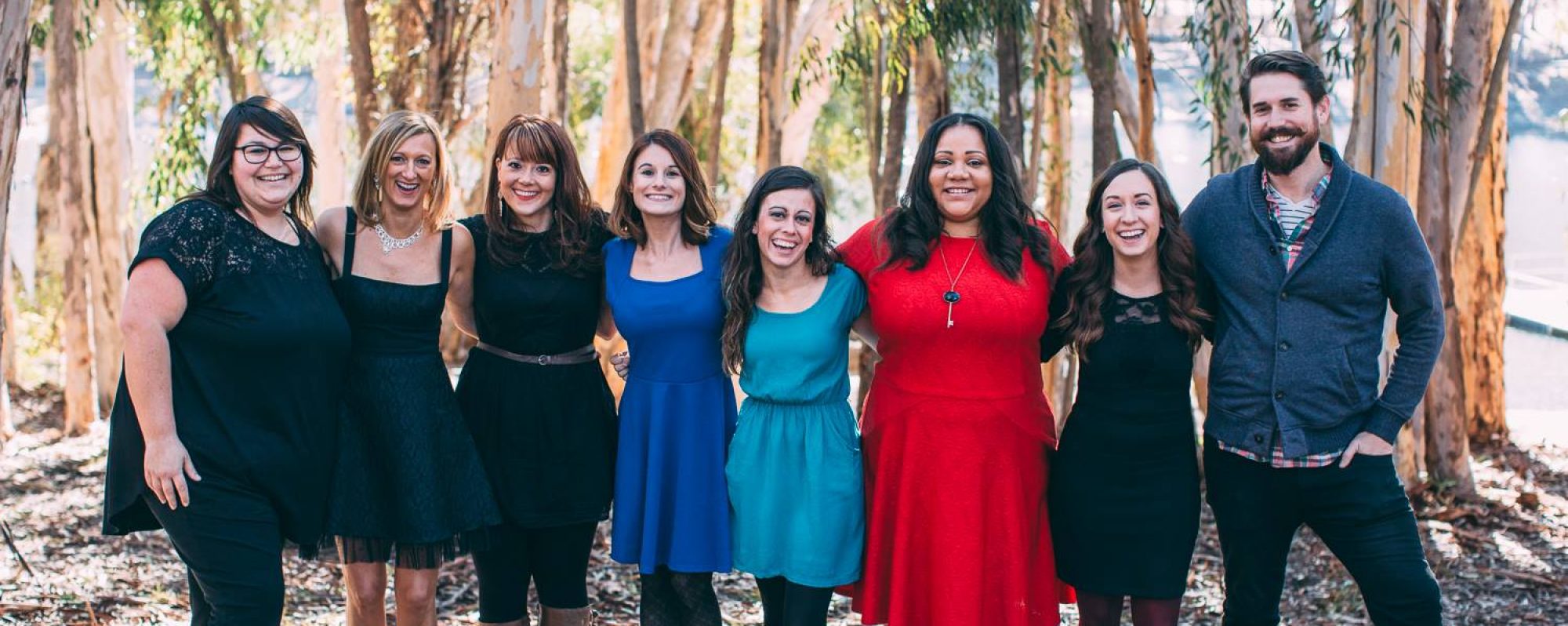A Basic Guide to Navigating the Fretboard
Guitar is arguably one of the most useful instruments in music therapy because of its versatility and mobility. With the guitar, one can provide rhythmic/melodic/harmonic accompaniment while walking or sitting. This is different from the piano in the way that you don’t have to be stationary while playing the instrument. Here, I will provide a guide to learn and practice this beautiful instrument.
Finger Form
It is essential to consider physical form when learning the guitar. Developing proper form is what will allow you to play guitar with grace and prowess. Here are a couple of things to consider:
- Check your posture: When picking up the guitar, check your posture. An upright and relaxed posture is something that will help to make it easier to place the fingers and switch chords properly. Form is important to consider because improper form might lead to injuries down the road, such as tendonitis or carpal tunnel syndrome. Music therapists might also find themselves in awkward positions when working with clients to meet their needs in the moment such as crouching with a hospice patient or hunching over to be at eye level with a child with special needs.
- Play with your fingertips: When placing fingers, make sure to have the tips of your fingers straight down on the strings. Flat or collapsed fingers are bad form because it will mute strings and make it harder to transition between chords
- Finger Transition exercise: When transitioning between chords, make sure to move the fingers in a slow and deliberate manner. Moving deliberately will help your brain to make the connections with the motor system needed to transition smoothly between chords with greater speed and accuracy. Take this transition exercise for example:
Spotlight of Attention
- Play between C and A minor chords.
- When changing chords, place a spotlight of attention on one finger at a time (while still moving all fingers).
- Pay particular attention to the touch sense and motor movement in each finger. By placing attention on one finger at a time, your brain can establish the required movements, eventually building the connections in your brain needed to make skillful movements.
This progression from C to A minor is an easy one because you only need to move one finger to make each chord. It is still helpful to place the spotlight of attention on each finger at a time while changing chords. You can do this with any chord progression, and with time you will build a strong foundation with which you can play through any chord progression like an expert.
- Embrace mistakes: Mistakes are a good thing! When we make mistakes, the brain can recognize the error and recalibrate the movements needed to successfully play the note or chord. If you’re making mistakes, know that you are making progress. It is important to be careful, though, not to solidify mistakes into habits.
- Play with eyes closed: Have you ever wondered how some guitarists are able to play without looking, and even talking? This is because they have the fine motor movements so well ingrained in their brain and fingers that they don’t need to think so hard about it anymore. You can do this too (with time, focus, and consistent practice)! The first step is to fade your visual input. This is a great way to develop your tactile (touch) and proprioceptive (your sense of body in space) senses, which is a foundational skill those masterful guitarists have. Here is an exercise:
Look With Your Body
- Let’s take this classic progression for example: C G A- F
- Practice the progression while looking with your eyes
- Once you feel confident (able to finger the chords accurately and swiftly with eyes closed) with playing the progression, try looking away, only looking when you get lost (remember, embrace mistakes!)
- Once you get good at playing while looking away, try playing with your eyes closed. When you make a mistake, try feeling your way with your fingers before looking to correct yourself
- Once you get good at playing with your eyes closed, try talking while playing the progression. This can be random words or gibberish, it doesn’t matter. If you have trouble with this, try speaking in rhythm with the chord changes, then gradually speak out of rhythm as you get more comfortable
- Next, try having a conversation with someone as you play the progression. This is the most challenging task, as it requires you to divide your attention between both the conversation and the guitar. If you have practiced the previous steps sufficiently, you should be able to do it with some practice
When doing music therapy sessions, you will often need to focus your attention on a myriad of things. This exercise will help you to gain independence from your guitar so you can play while devoting your attention to your client. The client is the main focus in music therapy. This practice will help you to develop your guitar skills enough so you can maintain your attention on the client.
In conclusion, like many instruments, the guitar can be a tricky instrument to learn. However, you can reach proficiency with time, effort, and focus. This doesn’t mean you need to practice eight hours a day, though. You can make tremendous progress with moderate and consistent practice. I recommend focusing on one small thing each day. This way, you can achieve a realistic and measurable objective. If you do this everyday, you can make a lot of progress over a week, month, and year.
Written by Alec Johnson, Music Therapy Intern

